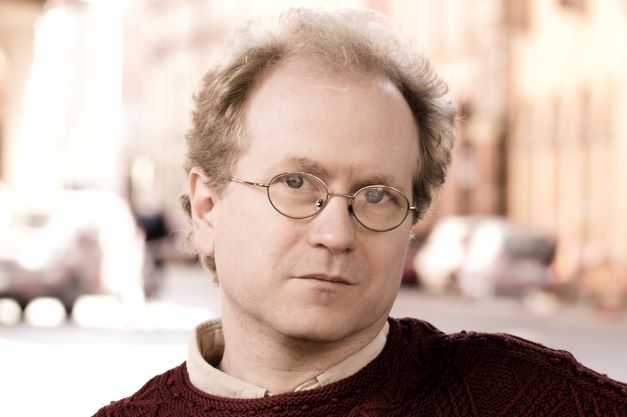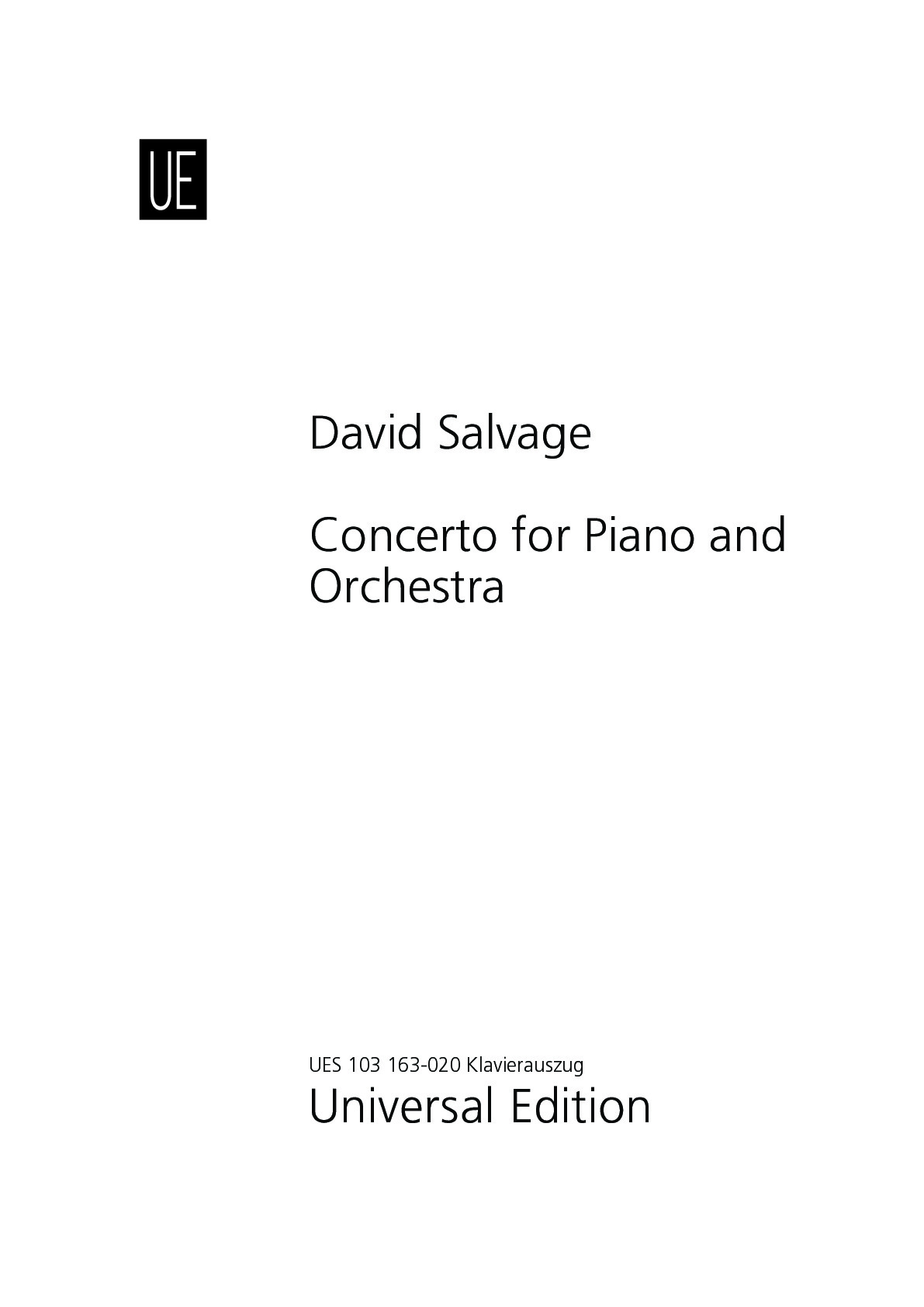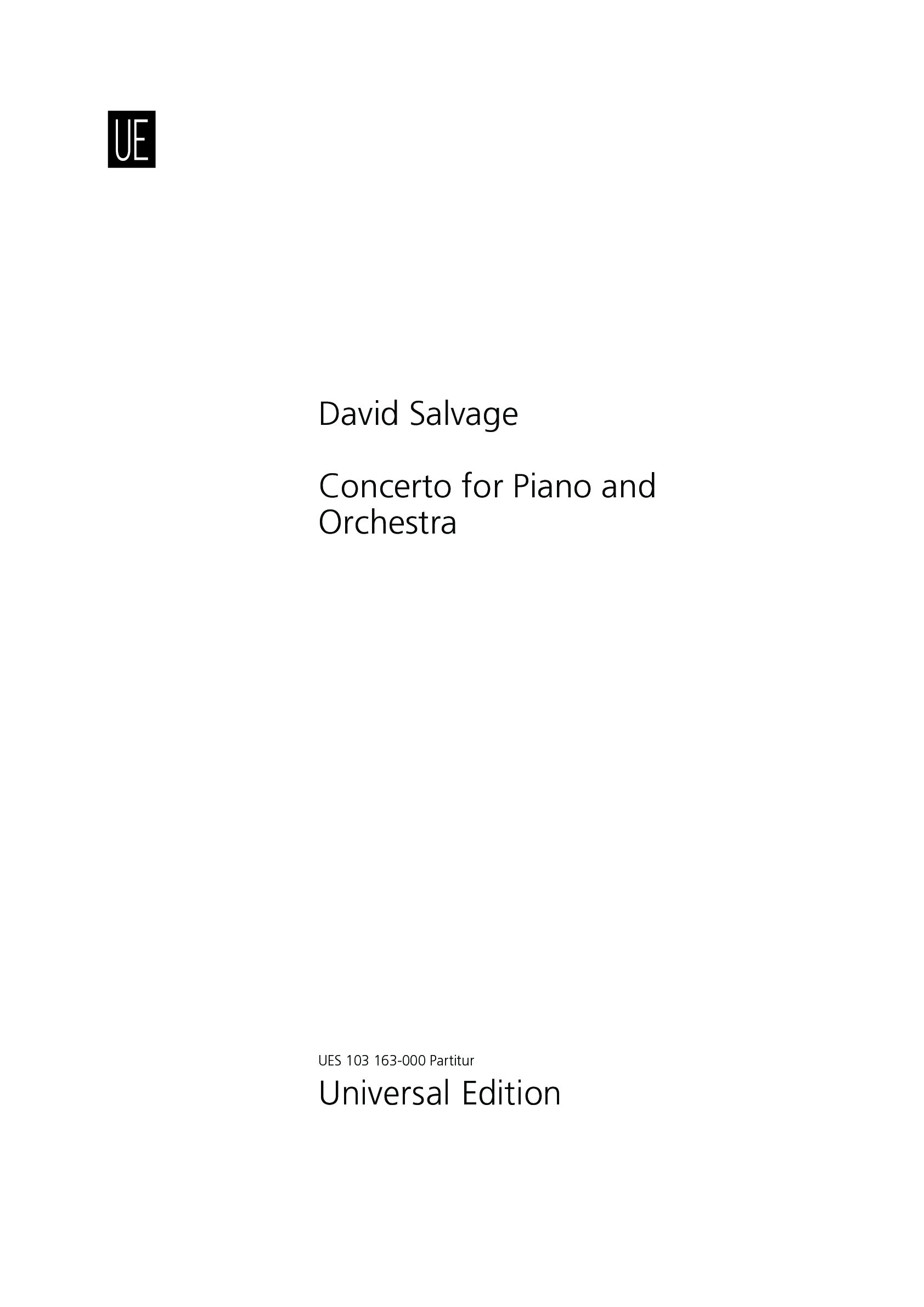

David Salvage
Concerto for Piano and Orchestra
Short instrumentation: 2 2 2 2 - 2 2 2 0, timp, perc, hp, mand, str
Duration: 22'
Instrumentation details:
1st flute (+picc)
2nd flute (+picc)
1st oboe
2nd oboe
1st clarinet in Bb
2nd clarinet in Bb
1st bassoon
2nd bassoon
1st horn in F
2nd horn in F
1st trumpet in Bb
2nd trumpet in Bb
1st trombone
2nd trombone
timpani (+cym)
percussion
mandolin
harp
violin I (6 players)
violin II (6 players)
viola (4 players)
violoncello (3 players)
double bass
Concerto for Piano and Orchestra
Printed/Digital
Translation, reprints and more

David Salvage
Concerto for Piano and OrchestraType: Klavierauszug

David Salvage
Concerto for Piano and OrchestraType: Dirigierpartitur
Sample pages
Work introduction
The Concerto for Piano and Orchestra is a three-movement work for piano and medium/small orchestra. It also calls for a mandolin, which is featured in the outer movements. While solo passages abound for the piano, the approach to the concerto is more symphonic than virtuosic. Particularly in the second movement, different sections of the orchestra are featured, culminating with a passage for string quartet (which bass drum "sotto voce"). The musical language of the piece reflects the influence of John Adams and Steve Reich.
The piece had its premiere at Harvard University in 2001 and the composer revised the work in 2020. The revision makes some adjustments to the orchestration of the first movement, adds to the third-movement cadenza, and significantly expands the ending of the piece. The recording on SoundCloud is of the unrevised version.
